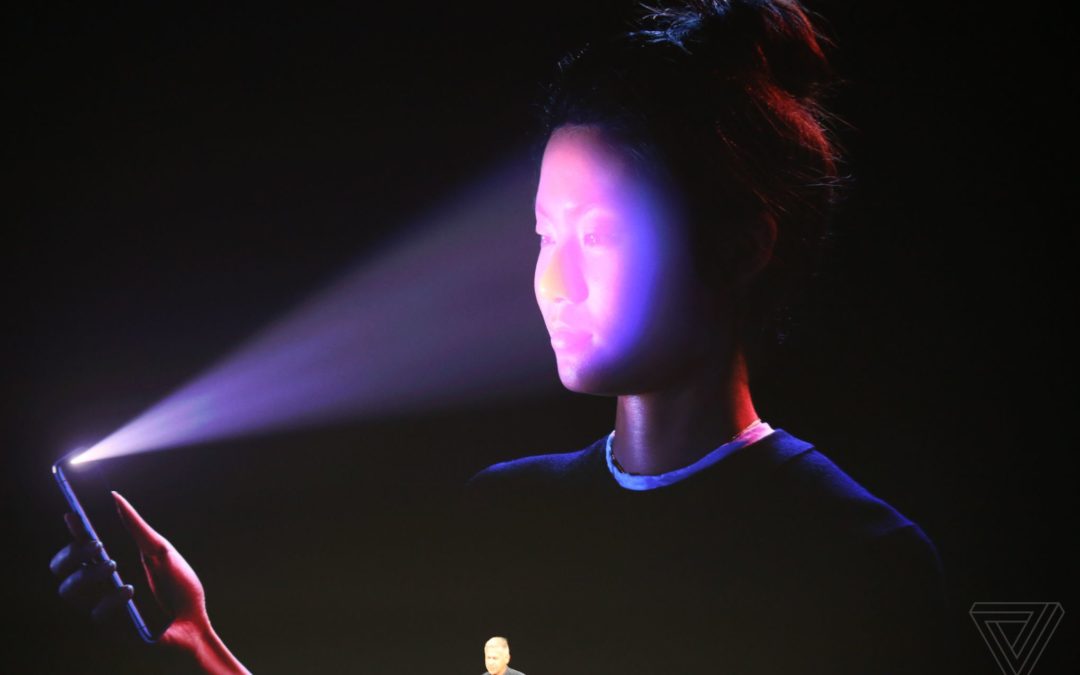Apple announced a new tool for unlocking your iPhone X: your face. In light of the recent Equifax data breach (and Yahoo, Target, Home Depot, Federal Government, etc.), consumers are very skeptical of trusting companies with their data. Personal privacy compromises can lead to identity theft, financial loss and creation of fake accounts. Apple stated that FaceID will improve information security on our precious iPhones. Is that true?
The big question is how will it compare to TouchID and “old fashioned” passwords. We store Gigabytes of information on our phones, and we don’t want wayward persons to steal photos, files and sensitive communications with friends, family and coworkers. Here are the pros and cons to using various methods to protect our information.
Passwords – This is an oldie but goodie. Everyone is used to using passwords for our computers, phones, banks and online services. Keeper Security released a list of the most popular passwords for 2016. Nearly 17% of the passwords are “123456.” The second most popular is “password.” That is shameful. Personal privacy is best protected by a robust and strong password. However, most people want something easy that they can use on multiple sites. Use a password manager (e.g. – 1Password, Lastpass, Keeper) to encrypt, store and protect your dozens of unique passwords.
Top 5 Password Managers
Passphrase – A password does not have to be a “singular word.” Use a phrase to protect your data and information. Instead of simply using “doggy”, develop the phrase “My doggy went to the store.” It takes longer to type, but the added security is worth it. Security experts also suggest adding numbers and characters to your passphrase: “?My 1906 doggy went to 2001 store?!” Your phone password is easily changed in the settings icon. We unlock our phones dozens on times per day; this is one of the phrases we must remember.
Touch ID – This saves us a lot of time! I can easily tap the sensor on my iPad and iPhone and hand it to my wife or daughters. Similarly, people were no longer tasked with remembering the complex phrase “123456” to unlock our phones. However, when first announced with the iPhone 5, TouchID concerned users that Apple was storing our fingerprints. Apple reassured us our personal privacy was stored only on our device (limited to 5 fingertips). It’s a great solution, but users should still remember their passwords and phrases.
Family Social Media and Technology Tips
FaceID – This is the new kid on the block, and Apple’s Senior Vice President of Worldwide Marketing, Phil Schiller, says facial recognition is 1 in 1,000,000. Those stats are better than Touch ID (1 in 50,000 according to Apple). This will be a great solution for most users. This feature will not be fooled by a picture of a person, and it will recognize you in a new hairstyle or hat. As with most things, don’t put all of your eggs in one basket. Couple this tool with passwords, passphrases and password manager.
Our personal privacy is up to us. Consumers need to take control of their own data security. Remembering passwords and using two factor authentication are not a time saving features, but they are necessary to protect our information.
Scientifically Speaking, of course…




